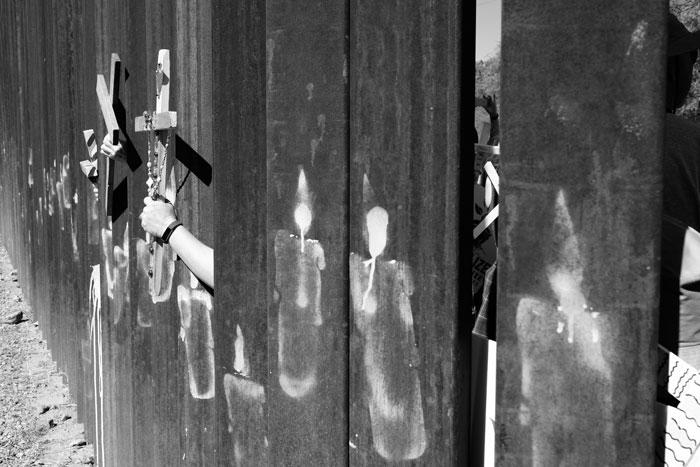As an ethnographer and an EMT, Harvard anthropologist Ieva Jusionyte has a front-line perspective on tensions at the politically fraught border between Mexico and the United States.

Ieva Jusionyte has always been drawn to tensions at the border. As a graduate student, she went right to the heart of the drug and human smuggling nexus of Puerto Iguazu, a town at the tri-border area of Brazil, Paraguay, and Argentina, to research how the media reported on crime. While there, she developed a deep interest in the experiences of firefighters and rescue workers, and later, in the US, trained to become a certified emergency medical technician, paramedic, and wildland firefighter.
Most recently, she embedded herself at the US-Mexico border for a year, using her technical skills to help first responders on both sides of the divide. She reasoned that firefighters and EMTs would face many of the human consequences of national security policy on a daily basis. In order to fully leverage her insights as an anthropologist, she felt she needed to participate.
In Nogales, Arizona, she volunteered as an EMT with the suburban fire department, responding to 911 calls—whether it was for a wildfire or for a critically ill or wounded person. Across the border in Nogales, Mexico, she delivered first aid to injured migrants and deportees on a bench in a soup kitchen, which also served as a humanitarian and legal center. Her forthcoming book, Threshold: Emergency and Rescue on the U.S.-Mexico Border will bring together the experiences of the first responders and residents of the local border communities, to take stock of the real-life impact of US national security measures.... Read more about Life and Death on the US-Mexico Border